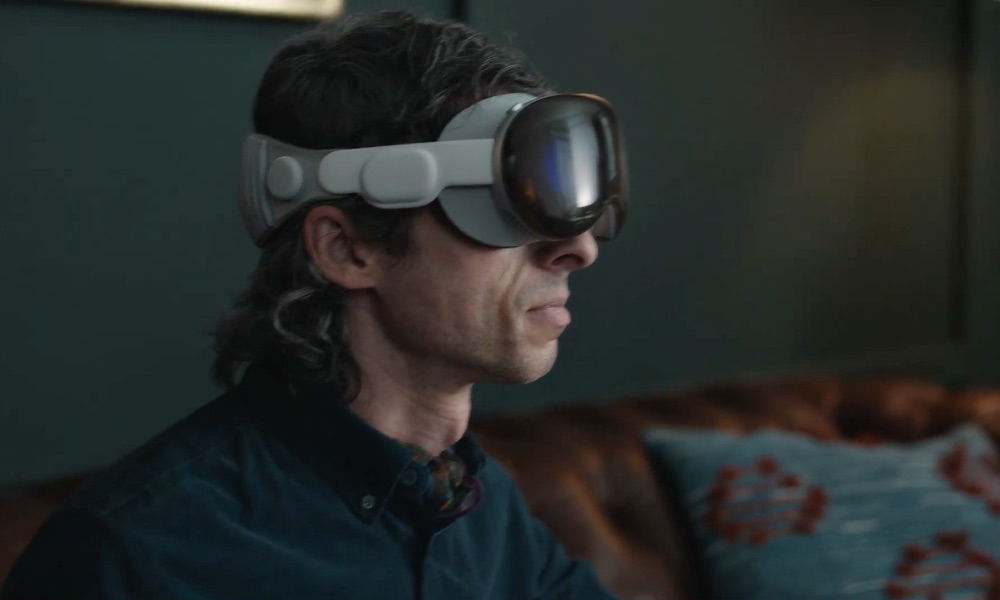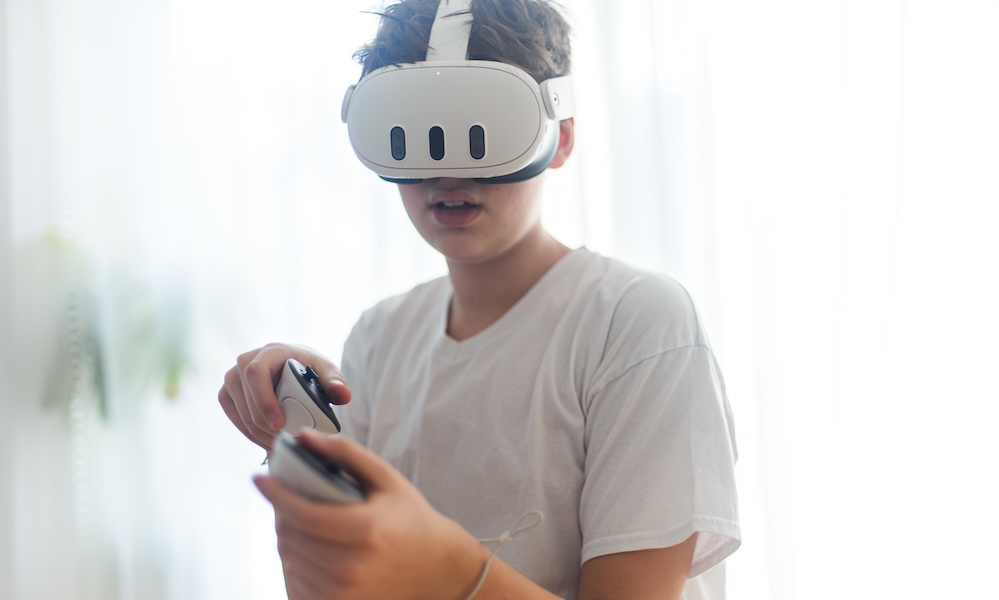Apple’s First Smart Glasses Could Arrive in 2027

Toggle Dark Mode
They may not be the mythic “Apple Glasses” we’ve heard rumored for years, but Apple still has a pair of smart spectacles in the works — and they could arrive by 2027.
That’s the word from Bloomberg’s Mark Gurman, who first shared a report in February that Apple was working on simpler smart glasses to rival Amazon’s Echo Frames and Meta’s Ray-Ban Smart Glasses. Rather than providing a whole augmented-reality experience, these devices are focused on more pedestrian tasks like taking videos, playing music, and talking to chatbots.
From Apple’s perspective, these smart glasses would be more of an alternative to the AirPods than the Vision Pro and would likely have a much more accessible price tag.
It’s one of four new devices that Gurman’s sources say Apple’s Vision Products Group is working on. That list includes the next-generation Vision Pro along with the more affordable Apple Vision headset (which will likely still be priced at an eye-watering $2,000), along with camera-equipped AirPods Pro
There is some debate about whether this latter product will be an accessory for Apple’s Vision headsets or a standalone solution. However, Gurman suggests Apple’s primary motivation is to find more applications for the expensive technology it developed for the Vision Pro.
The idea is to salvage the billions of dollars spent on the Vision Pro’s visual intelligence technology, which can scan the environment around a user and supply useful data. Mark Gurman
One of the challenges Apple faces is that while it’s taking time to develop best-of-breed technologies like the Vision Pro, it’s getting outpaced by rivals like Meta, which are producing more consumer-accessible technology that’s good enough for most people’s needs. It’s “not getting new technology out the door quickly enough,” Gurman says, and the “world is not waiting around for Apple anymore.”
For example, as we noted last month, Meta’s Quest 3S may pale compared to the Vision Pro, but it does the things most people want at a fraction of the price. We’re talking about a $299 headset that Meta’s CEO, Mark Zuckerberg, says can do “all the things you can do with a general-purpose computer,” compared to a $3,500 headset that’s far more sophisticated but is also “too much” for most folks — and not just in price.
It’s a lesson that Apple seems to be learning the hard way. Earlier this year, the company shut down its decade-long Apple Car project after realizing that the billions of dollars it invested wouldn’t produce tangible results quickly enough to matter.
By all reports, it’s also shelved Apple Glass until the technology catches up. It seems that it’s easier to create a set of futuristic AR glasses in concept videos and sci-fi films than to design an actual real-world product. Even Apple’s Vision Pro was nearly a decade in the making, and it’s so quaint to look back and remember that some leakers genuinely expected it to arrive in 2019. The 2020 report of “Steve Jobs Heritage Edition” Apple Glasses launching in 2021 seems even more insane now than it did when we first heard it four years ago — not to mention the notion that they’d be priced starting at $499.
That may be a reasonable price for a pair of smart glasses, but those reports came long before Apple abandoned its hopes of creating its “N421” AR glasses. In those days, it was widely believed that Apple Glass would be unveiled a year after the mixed-reality headset that ultimately became the Vision Pro.
However, somewhere along the way, Apple realized there was no way this product would happen — at least not how it wanted it to — and shelved the project. Apple’s wisdom was seemingly confirmed last month when Meta unveiled its Orion AR Glasses, a “product” that’s not even available to the public, costs around $10,000 to build in its current form, and doesn’t look like anything Apple would want to put its name on.
Today, Apple is far more pragmatic. Discretion is the better part of valor, and it’s better to fight the battles — and build the products — that can give the company realistic wins and usher in its vision of the future of spatial computing in a myriad of smaller ways.
[The information provided in this article has NOT been confirmed by Apple and may be speculation. Provided details may not be factual. Take all rumors, tech or otherwise, with a grain of salt.]










